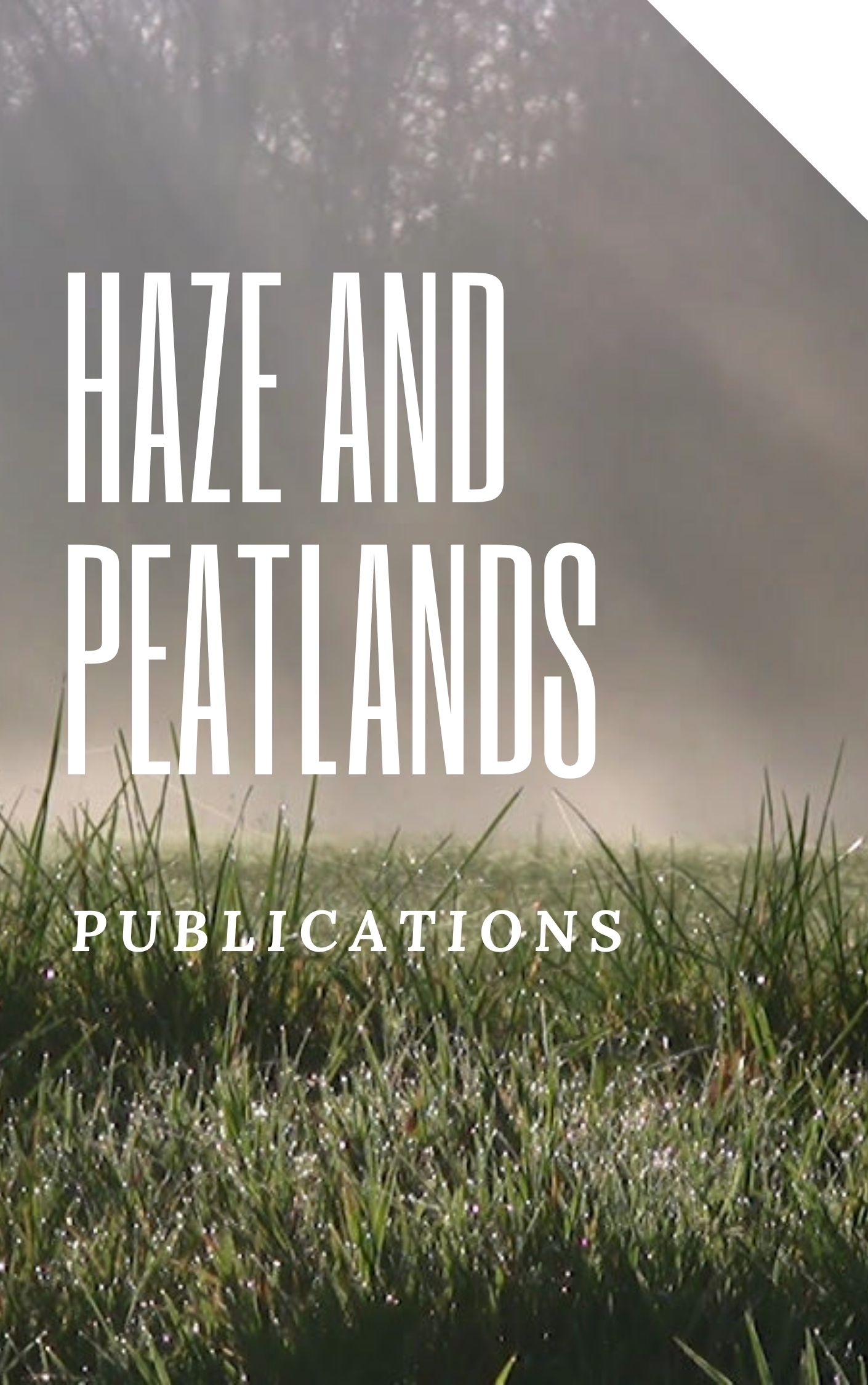The natural features of Mizoram--climate, flora, fauna--are outlined, and the cultivation systems employed and the problems generated--erosion, burning, harm to indigenous plants and animals--are described. The need to protect and conserve the natural forests and wild life is addressed. The 23rd state of the Indian union, Mizoram covers an area of 21,087sq.km and is sandwiched between Myanmar (Burma) and Bangladesh. The state has a population of 689,756 (1991 census) and the literacy rate in 1996 was 88.06 per cent. The state enjoys a pleasant climate, the temperature averaging between 11 and 21[degrees]C in winter and climbing from 20-30[degrees]C in summer. The annual rainfall is fairly heavy and evenly spread, about 250cm on average. The vegetation of Mizoram, according to Champion and Seth, is tropical evergreen and semi-evergreen forest in the lower altitude hills; sub-tropical to montane sub-tropical in the high hills. A major portion of Mizoram's forests are tropical evergreen and semi-evergreen. The vegetation in this region consists of an admixture of several species. In the drier areas where the soil is shallower deciduous trees predominate. Montane sub-tropical forests are found in the higher altitudes along the eastern fringes adjacent to the Myanmar border, where the climate is cooler.
View source

